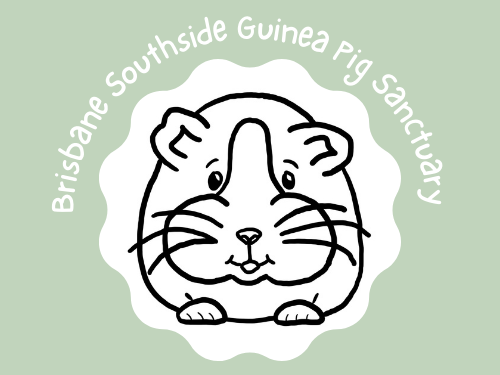What is dental disease?
To first understand dental disease, you must understand teeth! Guinea pigs have a total of 20 teeth. Four of these are incisors, these are the ones you see right at the front of your pig’s mouth (if you scratch their chin, you’ll be able to easily visualise all 4 – two top and two bottom). The rest are further back in their mouth, we call these cheek teeth (see picture), these are where we most commonly see dental disease.

Dental disease, also referred to as dental malocclusion is when the cheek teeth of a guinea pig become uneven and/or elongated. Dental abscesses, tongue entrapment, tooth spurs and mouth wounds are also common characteristics of dental disease.
Dental disease can be caused by many different things. The most common causes are lack of access to long strands of hay, arthritis, middle ear disease, and genetics (some pigs are just more prone to the disease than others). All of these causes contribute to reduced grinding down of the cheek teeth and increase chances of them becoming elongated and misshapen.
Due to the nature of dental disease, it’s not considered curable. Instead, once diagnosed, regular dental procedures are required to maintain proper wearing of the teeth. With proper management, dentals should become less and less frequent. For example, guinea pigs often start having dentals monthly, this can then gradually be spread out to every 5 weeks, 6 weeks, etc. depending on how well the pig responds. It’s different in every case!
In conjunction with dental procedures, medications are often introduced to support positive dental condition. Most commonly these will be pain relief medications to manage the discomfort that often accompanies the disease. Antibiotics may also be used in cases where mouth wounds, impacted gums, and abscesses are involved. These may be long term, or short term – it’s best to consult your vet!
How to prevent dental disease
In cases of genetics or other medical conditions, dental disease is generally not preventable but there are some things that you can do to better the odds. Some of these include:
- Constant access to hay
- Regular vet trips for dental check ups (checking both incisors and cheek teeth), we recommend every 6-12 months.
- Regular weigh ins (weight loss is often the first sign of dental disease)
- Ensure vitamin c requirements are met
Common signs of dental disease
We recommend taking your guinea pig to the vet if any of these symptoms pop up, as they can be indicators of dental disease.
- Weight loss
- Diminished appetite (eating less than normal, only eating leafy veg, eating slower than normal, etc)
- Drooling
- Lethargy
- Overgrown/misshaped incisors
- Lumps/bumps around chin or face
As always, please use this information as an educational tool. If you are worried about your guinea pig, consult your nearest cavy savvy vet!
